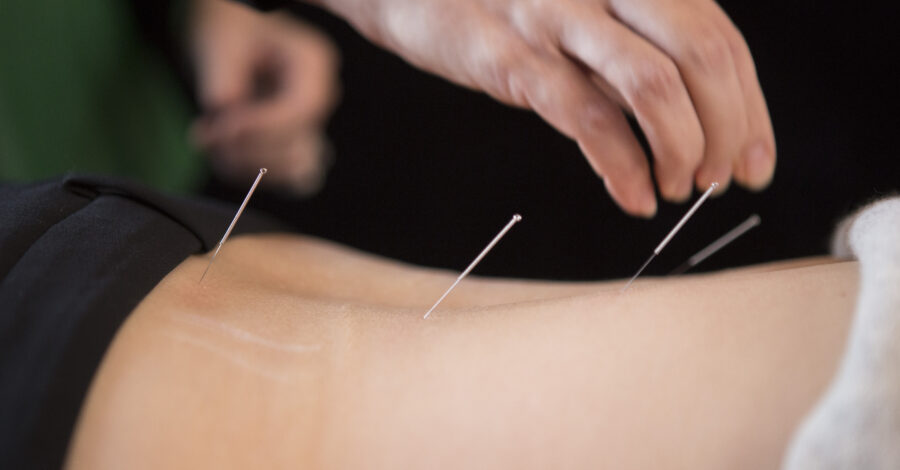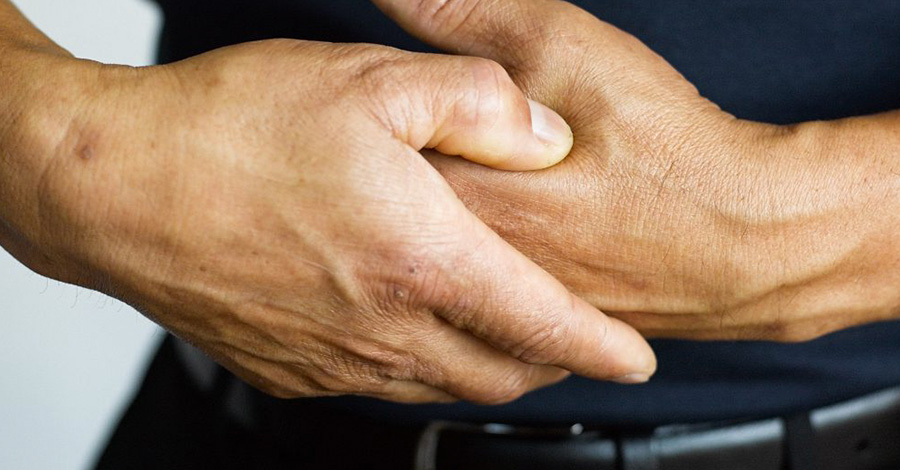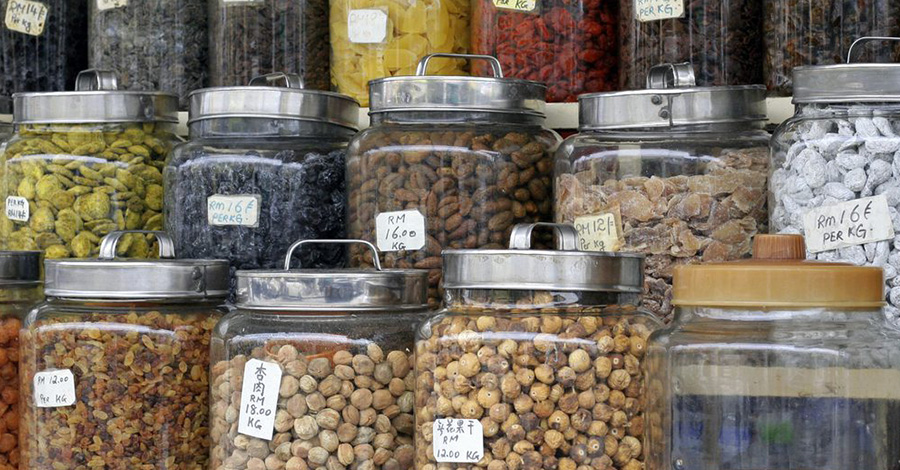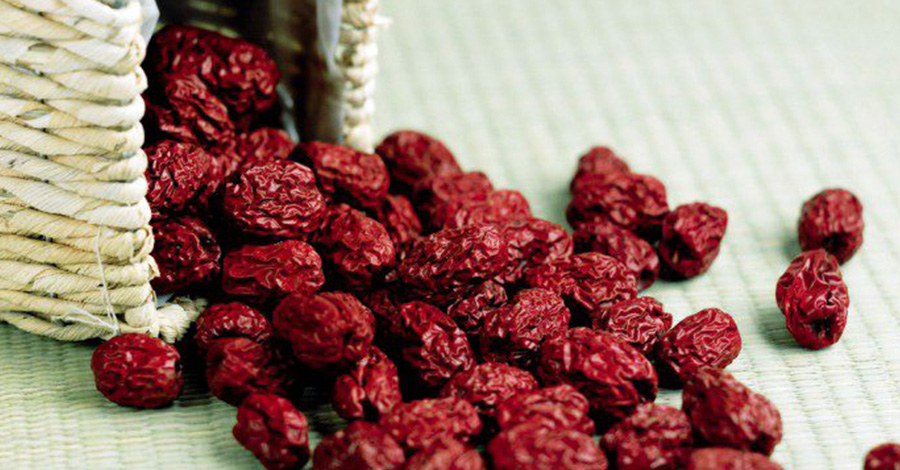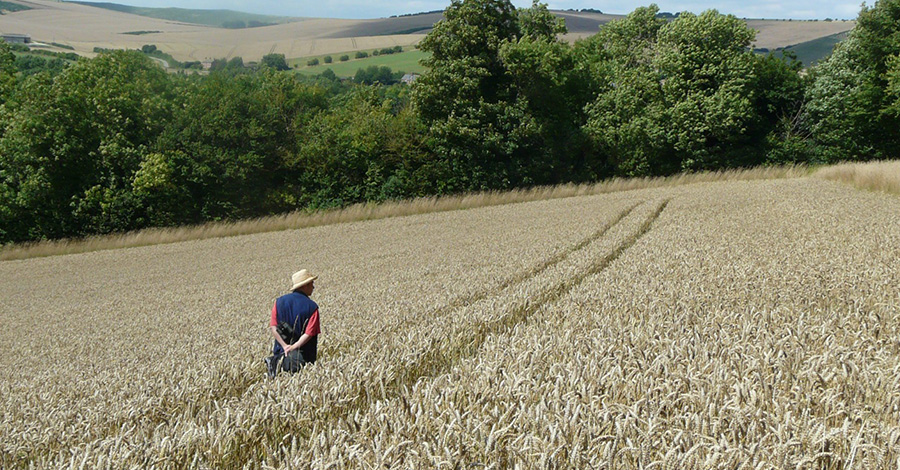Natural Healing Practices
You were born with a self-healing ability. TCM practitioners help recharge this function in your body in different ways, and more important, show you how to do it on your own. By increasing and balancing your Qi, you give your body and your being the healing support it needs. Your body, like everyone else’s, experiences pain, discomfort, and other clues that call your attention that something is off.
Medications and other treatments might mask the discomfort but never really get rid of it. You wonder if natural healing practices can help you. A variety of natural healing methods have been used effectively—without harmful side effects—for thousands of years.
Every TCM modality is based on Qi, the energy or life force within you and all around you. Modern physics supports this long-held belief. Everything is energy. Energy and matter are interchangeable. Your headache is your body saying, “pay attention to what’s going with your Qi.”
Acupuncture
No one can really say how long acupuncture has been practiced. Ancient bone and stone “needles” thought to be thousands of years old have been found in modern excavation sites in China. What is known is that therapy with the technique of acupuncture has been helping heal people for ages.
It’s impossible to define acupuncture without linking it to Qi, or energy. Everything in the Universe is comprised of energy. In your body, Qi flows through invisible energy pathways called “meridians,” and it activates, warms, and nourishes your body.
Acupuncture needles—today, made of stainless steel—are used to relieve energy blockages at key acupoints along the meridians to help the Qi flow smoothly. An organ’s function can also be readjusted by acupuncture to help restore internal balance and harmony among the organs.
It’s also important to know that effective treatment is dependent to a great degree on the acupuncturist’s skill and whether his or her energy frequency can match yours.
Pain, for instance, can come from different sources. It can be from an external cause, such as a sports injury, or from an internal condition, such as a Qi deficiency or Qi stagnation. Generally speaking, external conditions are easier to treat. Internal conditions tend to be more complex as the root cause is not so evident.
Is the key factor in acupuncture the needle, the acupoint, or the level of the practitioner? True acupuncture, also called “energy acupuncture,” requires deep insight into what has caused the health problem and which organs have been affected. The needle is simply a vehicle between the practitioner’s Qi and the patient’s Qi. Bottom line, it’s the understanding, skill, and energy level of the acupuncturist that makes acupuncture work, and not the needles or the selection of certain acupoints.
Acupressure
Authentic TCM acupressure, called tuina (twee nah) in China, uses specific hand techniques, or sometimes tools, to stimulate acupoints and meridians. With acupressure, Qi that is blocked or stagnant can be released and allowed to flow freely once again.
Though different than acupuncture, acupressure can be just as effective. Actually, for some conditions, like sports injuries and simple sprains, it’s more useful and easier on the person receiving treatment. Sometimes, when it is appropriate, TCM doctors use acupuncture and acupressure in combination, which can accelerate the healing benefits. Learn more.
Classical Herbal Therapy
TCM has relied on herbal therapy as a healing tool for thousands of years. Along the way, it has identified and classified the essential properties of literally thousands of herbs and just how they act on the body-mind-spirit. Interestingly, an extremely wide range of objects fall into the category of TCM herbs: dirt, stones, bones, insects, a diverse selection of animal parts, as well as more common plant parts, such as leaves, blossoms, stems, and roots. TCM recognizes that everything is energy, and so unique energies that can impact the human body and energy system are not limited to the plant kingdom.
This holistic healing system uses herbs in a truly unique way: in combination. In a TCM formula the individual herbs used combine to make a substance that is much more powerful that the sum of the individual parts. In a formula the herbs act together as a team, with each herb performing a specific task within the body, to achieve the objective of the formula as a whole.
Eating for Natural Healing
Food is something you eat every day—for most people, three times a day. If you stop and think about it, why not eat in a way that truly supports your health and well-being? This is precisely the approach TCM takes when it comes to food. TCM has understood the healing properties of food for millennia, and it knows the value of accumulating healing benefits from everyday actions, like eating, one day at a time.
When TCM speaks about the value of food it is referring to qualities beyond physical characteristics such as calories, minerals, and nutritional content like carbohydrates and protein. TCM realizes that each and every food has a special essence—a healing essence—that works in the body at the energy level. Using the Five Element theory, which maps the interrelationships of all things, TCM practitioners prescribe foods that have an essence that heals particular organs that may be out of balance or in need of healing support. This is the essence of TCM’s eating-for-healing approach.
TCM wisdom also teaches us to follow the seasons when selecting foods. This means regularly including foods in the diet that support the organ system at its peak during each season. Every season has a corresponding taste, according to the Five Element theory: for example, summer is associated with a bitter taste, fall with a pungent or spicy taste, winter’s taste is salty, and in spring the taste is sour.
Qigong
The life force or energy that animates everything in the universe and your body is the very essence of Qigong. It’s a Chinese practice that uses movements and postures and can create many physical healing benefits, but it’s important to realize that Qigong is not physical exercise. It moves beyond the muscle and tissue and works in your body at the level of energy, or Qi.
Literally meaning “energy work,” Qigong breaks down energy blockages and promotes the free flow of energy throughout your body’s meridian system, the invisible pathways through which Qi moves and that connect everything in your body.
Consistent Qigong practice increases and balances your body’s Qi. Working directly on your body’s meridian system—your energy body—it stimulates and nourishes the internal organs, making the energetic communication between them more efficient. And by increasing the effectiveness of all body systems, Qigong helps conserve Qi. These qualities are important to your health because TCM theory says that in order to have good health you must have sufficient Qi that flows freely throughout your body and your internal organs must function together in harmony. Listen to this interview with Grand Master Lu, What is the power of Qigong?
Five Element Psychology
If you speak with modern TCM practitioners, you will quickly discover that unbalanced emotions are the source of many modern health issues. How does TCM work with these kinds of health problems?
Chinese medicine looks deeply at the emotions as a gauge for health, yet it understands that a person’s emotional state is not only a question of emotions but is also related to organ function. By adjusting the function of the organ (or organs) involved, there will be an accompanying adjustment in the emotions. You might wonder how this is possible.
In the TCM paradigm, your body is a whole, and your mind and emotions are completely connected. TCM understands that body, mind, emotions, and spirit are linked, and that an excess of any emotion can affect the function and balance of its corresponding organ. The reverse is also true: an imbalance in an organ’s function can actually cause emotional issues.
Five Element psychology is based on TCM’s Five Element theory, which is a comprehensive system that organizes everything, including your internal organs, into five Universal interacting groups or patterns. The Five Element theory perceives that each organ has a specific emotion related to it. The expression and level of any emotion therefore is closely tied to and dependent on the level of its corresponding organ’s function.
- Liver is associated with Anger
- Heart is associated with Joy
- Spleen is associated with Worry
- Lung is associated with Grief
- Kidney is associated with Fear




